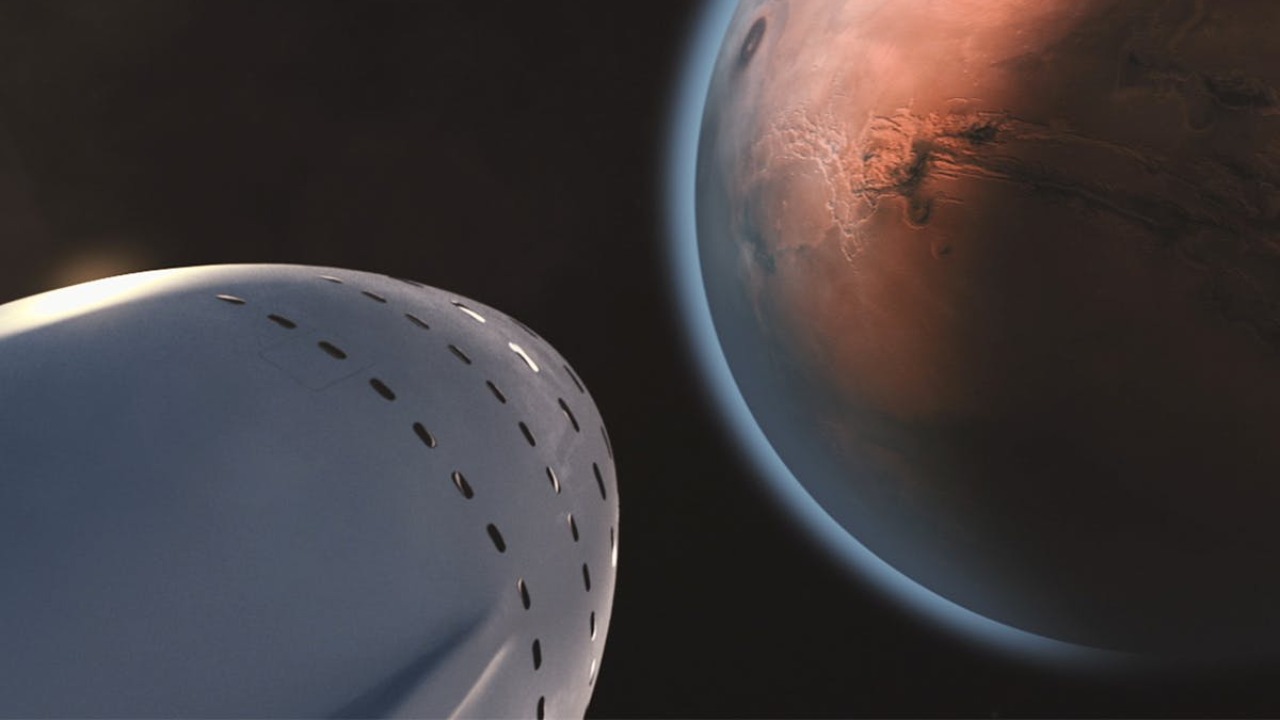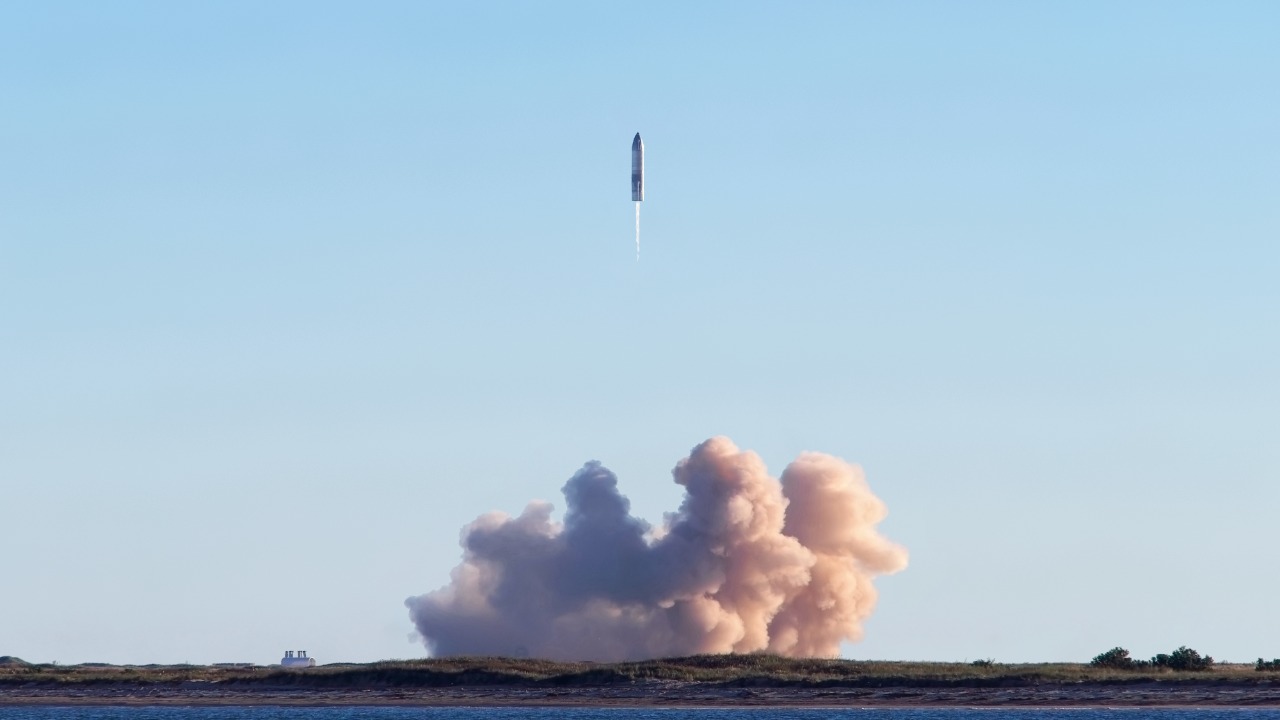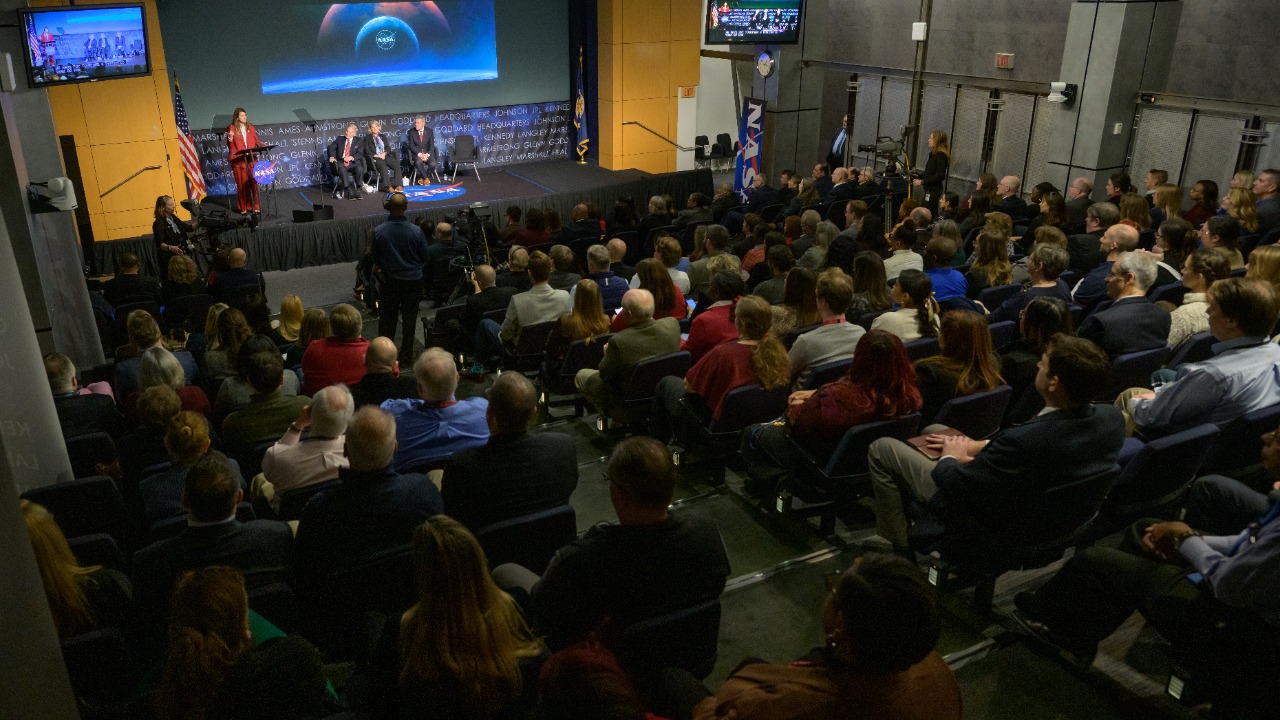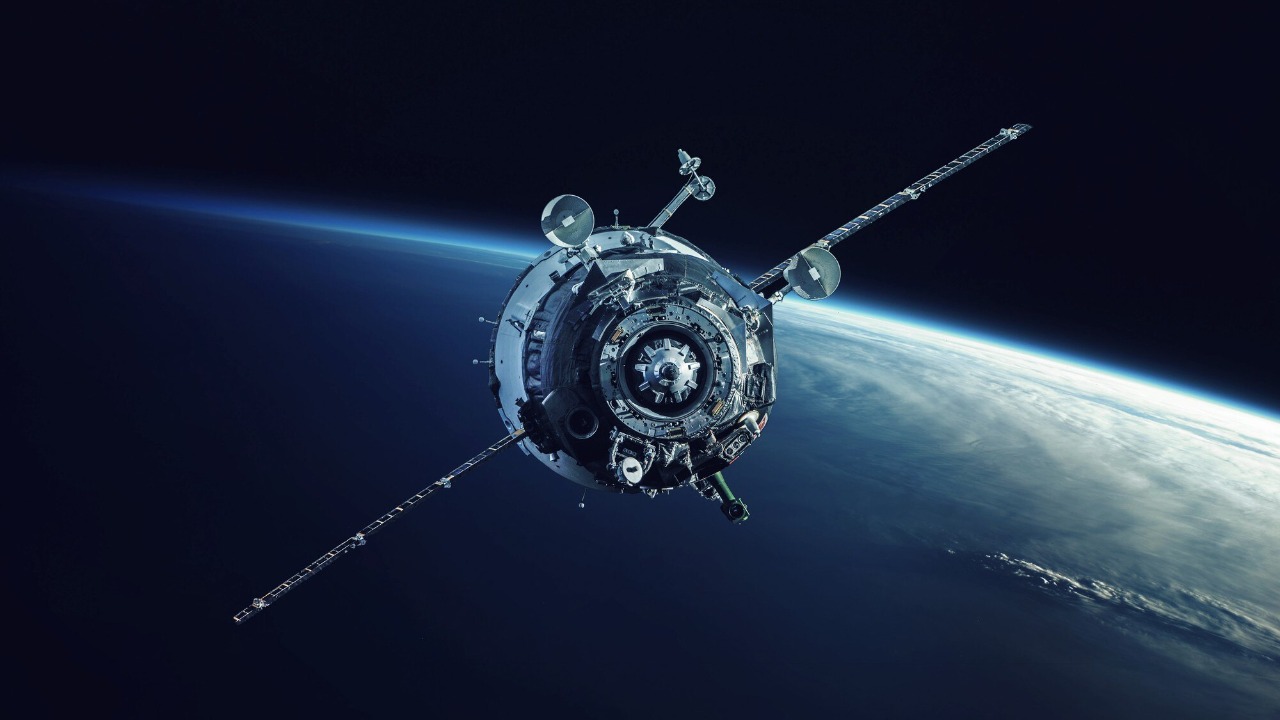
SpaceX’s development of Starship marks a pivotal step in realizing Elon Musk’s long-standing ambition to colonize Mars. Exploring the motivations behind this audacious project and the technological innovations that make it possible offers insight into a future where interplanetary travel could become a reality.
The Vision Behind Starship

Elon Musk’s Mars Colonization Goals
Elon Musk has often articulated his vision of establishing a self-sustaining city on Mars as a backup for Earth. This ambition is not merely a technological challenge but a philosophical endeavor that embodies his belief in the survival of the human species. By creating a multiplanetary existence, Musk aims to safeguard humanity from existential threats, such as natural disasters or global conflicts, that could potentially wipe out life on Earth.
The aspirations for Mars colonization are driven by both philosophical motivations and practical considerations. Musk envisions a future where Mars serves as a new frontier for human civilization, promoting scientific discovery and economic opportunities. The idea of Mars as a “backup” for Earth is as much about ensuring the long-term survival of humans as it is about the spirit of exploration and adventure.
The Role of Starship in Mars Colonization
Starship is designed as a reusable spacecraft that is pivotal to achieving cost-effective interplanetary travel. Its design aims to revolutionize space travel by enabling large-scale human and cargo transportation between Earth and Mars. By focusing on reusability, SpaceX intends to drastically reduce the costs associated with space travel, making it more accessible and feasible for extensive missions.
The capability of Starship to support large-scale human migration and the transport of significant amounts of cargo is crucial for the development of a sustainable colony on Mars. This spacecraft is designed to carry up to 100 passengers, along with necessary supplies, fuel, and equipment, which are essential for establishing and maintaining a human presence on the Red Planet.
Technological Innovations of Starship

Reusability and Cost Efficiency
The fully reusable design of Starship is a game-changer in reducing the costs of space travel. Unlike traditional spacecraft that are discarded after a single use, Starship can be relaunched multiple times, significantly lowering the per-mission cost. This reusability is achieved through advanced engineering and innovative materials, setting Starship apart from previous spacecraft with their inherent limitations.
Comparatively, earlier spacecraft, such as the Space Shuttle, were only partially reusable and still incurred high maintenance and refurbishment costs. Starship’s approach to reusability is a critical factor in making interplanetary travel economically viable, propelling SpaceX closer to its goal of a self-sustaining Mars colony.
Advanced Propulsion Systems
The development of the Raptor engines represents a significant leap in propulsion technology. These engines are designed to use liquid methane and liquid oxygen, both of which can potentially be produced on Mars, thus facilitating refueling and long-term sustainability of missions. The high efficiency and thrust-to-weight ratio of the Raptor engines enable Starship to perform extended duration space travel and deep space missions.
Starship’s propulsion systems are engineered to support longer and more efficient space travel, making the dream of reaching Mars more achievable. By providing the necessary thrust and flexibility for various mission profiles, these engines play a vital role in overcoming the challenges of vast interplanetary distances.
Challenges and Criticisms

Technical and Logistical Hurdles
Despite its promise, the path to Mars colonization is fraught with technical and logistical challenges. Landing on Mars requires precise navigation and control, while refueling and maintaining life on the planet pose additional hurdles. The long-duration space travel needed to reach Mars also presents significant technical difficulties, including radiation exposure and psychological effects on astronauts.
Addressing these challenges requires innovative solutions and extensive research. The complexities of sustaining life on Mars, such as creating a viable atmosphere and growing food, are subjects of ongoing study. Overcoming these hurdles is essential to realizing Musk’s vision of a human settlement on Mars.
Skepticism and Ethical Concerns
While the vision of Mars colonization is inspiring, it is not without its critics. Some question the feasibility of establishing a human settlement on Mars, citing the immense technical and financial resources required. Ethical concerns also arise, with debates about the priorities of space exploration versus addressing pressing issues on Earth, such as poverty and climate change.
The debate extends to the ethical implications of potentially altering Mars’ environment and the responsibilities of humans as stewards of other planets. These concerns highlight the need for careful consideration and balanced dialogue as the world moves closer to interplanetary exploration.
Impact on Space Exploration and Beyond

Influence on Global Space Initiatives
Starship is reshaping the landscape of international space exploration efforts. Its development has sparked both collaboration and competition among space-faring nations and companies, driving innovation and investment in the sector. Countries like China and Russia are accelerating their own space programs in response, while partnerships with NASA and other agencies highlight the collaborative potential of space exploration.
The influence of Starship extends beyond SpaceX, inspiring a new era of space exploration where private companies play a pivotal role. This shift is redefining the dynamics of the space industry and encouraging a more global approach to exploring the cosmos.
Societal and Economic Implications
The potential economic benefits of a new space economy are substantial. The commercialization of space travel and the development of technologies for interplanetary missions could generate new industries and create jobs, boosting economic growth. As humanity expands beyond Earth, the possibilities for resource extraction and scientific research could unlock new opportunities for advancement.
The cultural impact of humanity’s expansion into space cannot be understated. It represents a new chapter in human history, inspiring generations to dream bigger and reach further. As we stand on the brink of becoming a multiplanetary species, the societal implications of such a transformation are profound, challenging us to reconsider our place in the universe.
For more insights into the motivations and challenges of colonizing Mars, you can explore SpaceX’s vision for human spaceflight. Additionally, the SpaceX Mars colonization program offers an in-depth overview of the plans and progress toward this ambitious goal. To understand the broader implications of this endeavor, read more about the resurgence of interest in Mars exploration.